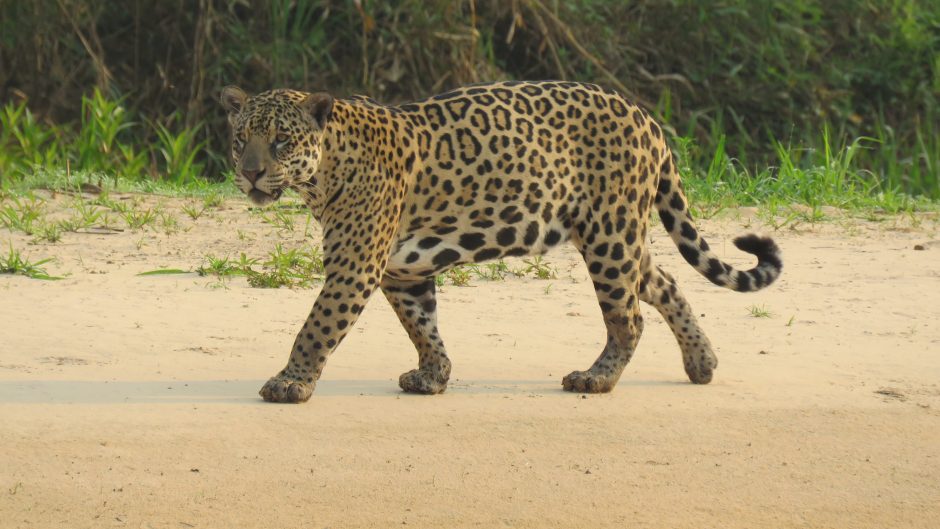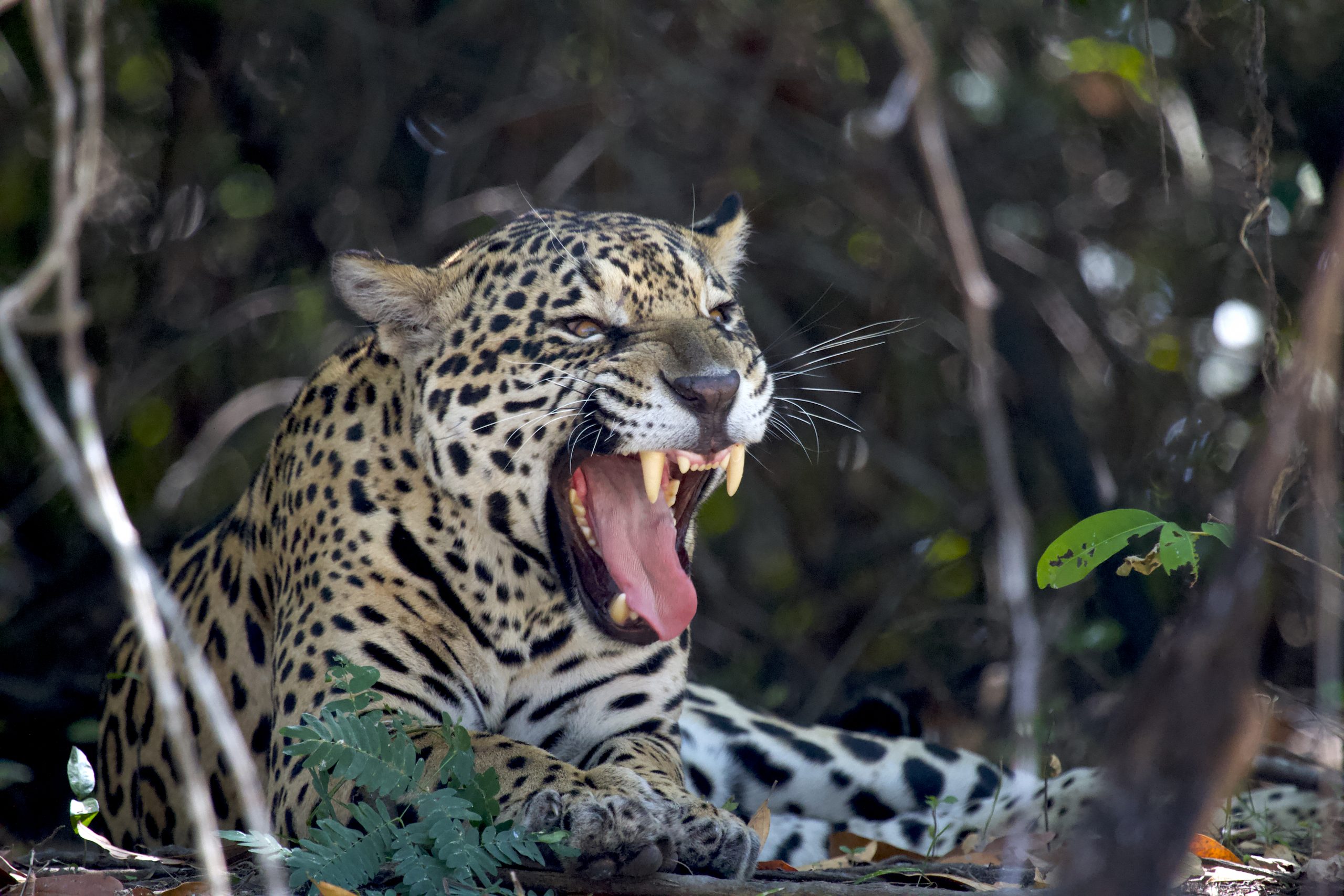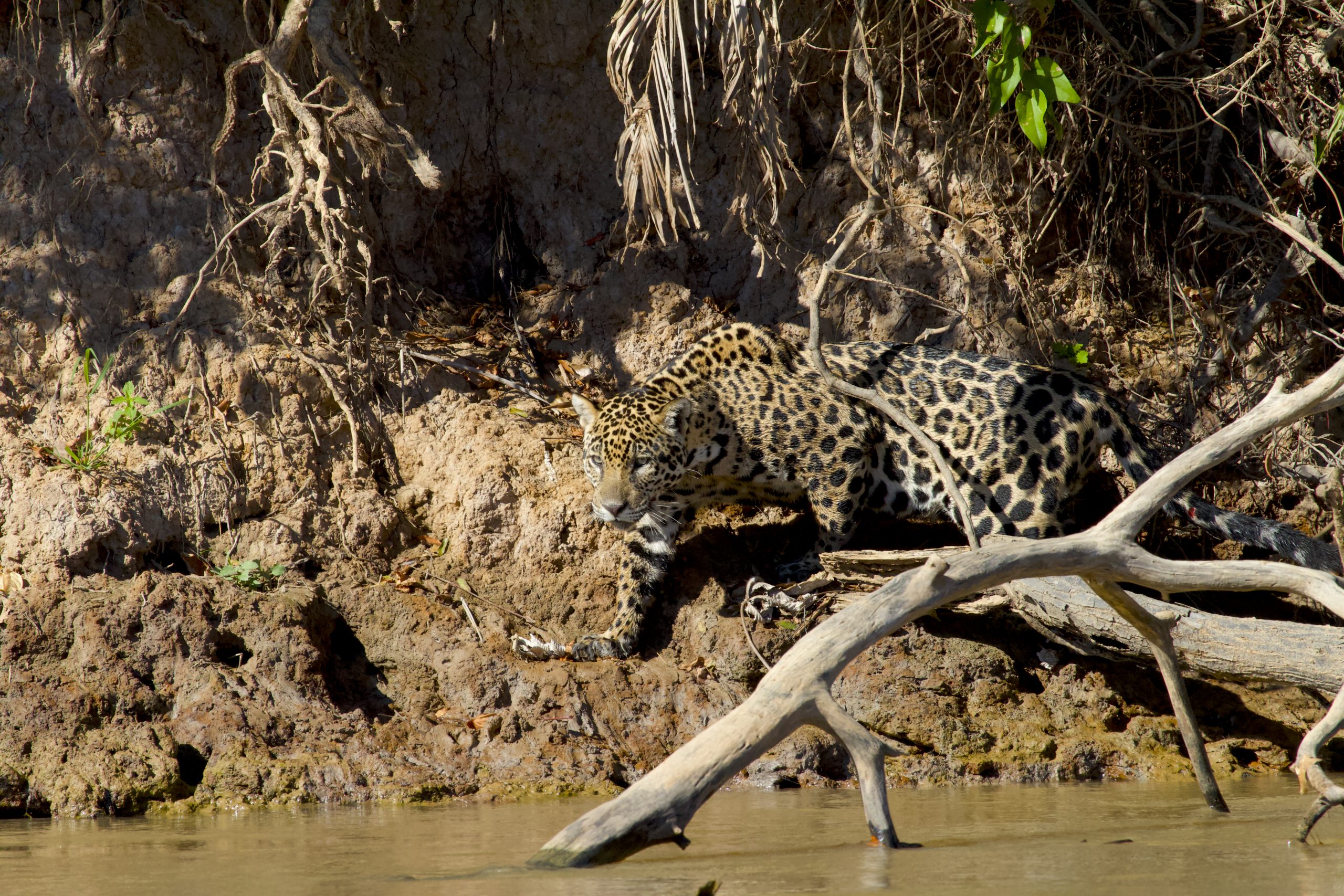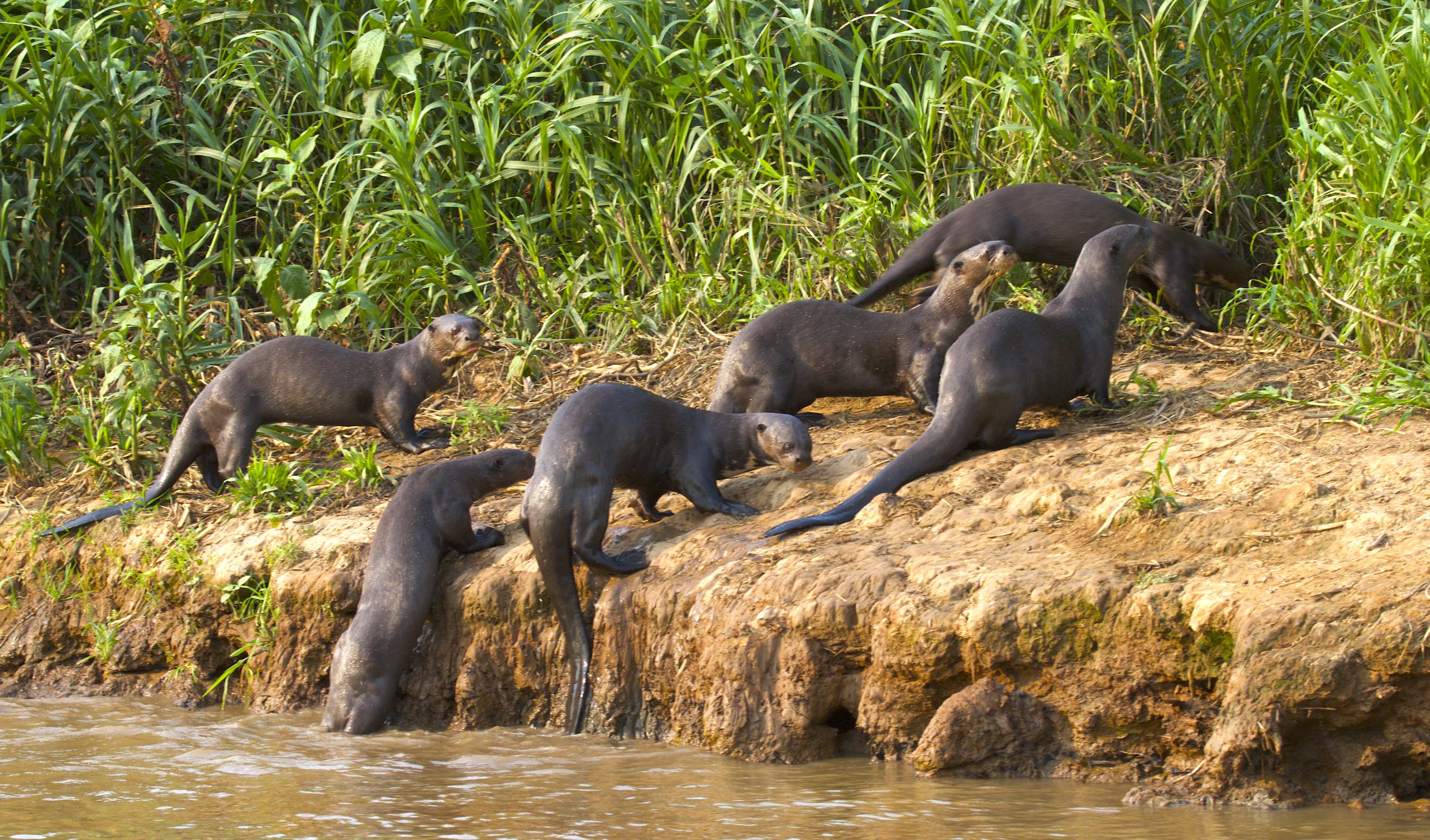
What’s in the Camera Bag – Pantanal, Brazil
When it comes to show-stopping wildlife photography, Brazil’s Pantanal is quickly becoming one of the world’s most enthralling destinations. Between a litany of tropical wildlife and the allure of photographing jaguars (not just jaguar, but jaguars, plural!), and you have the makings of world class nature, wildlife, travel, and landscape photography.
If you’re headed to photograph the wildlife of the Pantanal, be sure to bring a full suite of camera gear so that you capture the jaguars, river otters, toucans, and dozens of other amazing animals in all their glory.

General Wide-Angle Zoom
I always start out my camera gear lists with this lens, as you simply can’t leave home without it. I often call it your “walking around lens” because of it’s universal applicability, but it’s so much more. It’s a sensational landscape and travel photography lens, too.
Here I’m talking about your 18-55mm if you are shooting on crop frame, or your 24-105mm if you’re shooting on full frame. There are of course many other ranges in this category, like your 18-70mm, 24-70mm, etc., but the point is something that gets you rather wide for landscapes, but has some zoom telephoto to it. The zoom helps tremendously with framing your shots with perfect composition in-camera, and can be a lifesaver when you want to photograph wildlife in landscapes.
Zoom Telephoto
Here is where the fun begins. For any big wildlife photo adventure, a proper zoom telephoto is a must. But exactly how much telephoto is the question. To me, there really are two considerations for any wildlife trip and the zoom telephoto you choose. Can you get away with something like a 70-200 or 70-300mm, or do you need more firepower like a 100-400mm or 200-500mm?

To me, the world of wildlife photography has evolved considerably in recent years such that I nearly always opt for the latter—a bigger, beefier telephoto like a 100-400mm or even one that gets you to 600mm like the 200-600mm and 150-600mm that are relatively common and affordable these days.
While a 70-200mm f/2.8 is an iconic lens that is extraordinary when used, the question is how much are you really going to use it to merit packing it. After all, it’s about the same size as a 100-400mm. For me, it would get used about 10% of the time and that’s only if I’m quick on my feet to change from your 100-400mm to the 70-200mm when wildlife gets close. Thus, I leave my 70-200mm at home for these Brazil and jaguar photo adventures.
A Big Prime Telephoto
Before you think that I’m requiring you to bring this lens, I’ll put the caveat out there that these lenses are big, expensive, and only very serious photographers even have these in their kits. However, the Pantanal is the perfect trip to pack your 500mm f/4 or 600mm f/4 bazooka.
I say this for a few reasons.
One, most of the jaguar and wildlife photography will be from a boat, where you can put your big lens on a monopod and brace it easily (rest it on the floor of the boat). Two, you can use the reach it offers, as wildlife can be close or far. But even if close, these lenses allow you to concentrate on the animal and get those edge-to-edge shots with wildlife portraiture. And three, you will benefit tremendously from the shallow depth of field that an f/4 gives you at these focal lengths.

As you can see from jaguar photography in the Pantanal, there is a lot of brush and a lot of distractions. Shooting at a big aperture (aka small f/number) gives you that fantastic blur you need to draw attention to the animal while minimizing the background or foreground. You can of course add blur in post-processing, but it always works better if you can achieve it in-camera through a big, fantastic prime lens.
X-Factor Lens
I always bring at least one x-factor lens with me on any worldwide nature photo adventure and for this trip I’m torn.
While I love my nifty fifty (a 50mm f/1.8) I also love macro photography when I’m in tropical environments. Thus, I would bring both my 50mm, which is super small and light, as well as my macro setup. I say setup because it includes a 100mm f/2.8 macro lens, as well as a macro flash. Without the flash, the macro just isn’t the same—it’s far too difficult to get to the f/11 or f/16 aperture you want in order to showcase the extraordinary texture of small subjects. Thus, you need artificial light.
A Tripod or Monopod
I usually don’t advocate for monopods, as they tend to just get in the way. However, for a photo trip in the Pantanal, they can be wonderfully helpful when photographing from boats and skiffs all day. By resting the monopod between your legs you not only achieve a bit more stability, but it takes the weight off your arms. This can be so helpful when photographing jaguars and other wildlife in Brazil.

Batteries and Memory Cards
It’s a no brainer to pack more than you think you’ll need. If you are shooting video with your camera, be prepared for that to zap battery. And with photographing any wildlife, burst-mode photography, where you capture multiple photos in a single second, might have you taking 500-1000 photos a day, easy.
A Second Camera Body?
Normally I try not to scare people way with this bit of advice, but if you do have a second body it’s a great idea to bring it. You can keep your zoom telephoto on one body, while having your landscape lens on the second. This not only saves time by not needing to frequently change lenses, so you can get more spur-of-the-moment shots, but it will result in more shots–simply put. In addition, the structure of this trip, being in vehicles and boats, lends itself nicely to having your second camera in the seat next to you, or in your lap as you explore vs. having to carry it around with you all day every day like in other locations of the world.

Other Accessories
With any adventure in the tropics, rain can happen at any time of year. Many newer, fancier cameras are weather and dust sealed, but I feel like you can never be too careful. A small, lightweight 8 liter drybag can go a long way with weather protection. Or, spring for a proper camera rain sleeve so you can shoot during any sort of weather.

As you can see, the photography gear for a Pantanal photo adventure isn’t wildly extensive, but each piece is quite important. A high quality zoom telephoto is going to be your best friend, probably on your camera 60-70% of the time. But don’t leave your trusty wide-angle at home, for that will be on the rest of the time! (plus perhaps a little macro work as you have time to explore around the lodge on your own between wildlife sightings)
Enjoy it out there!

Court
Leave a reply